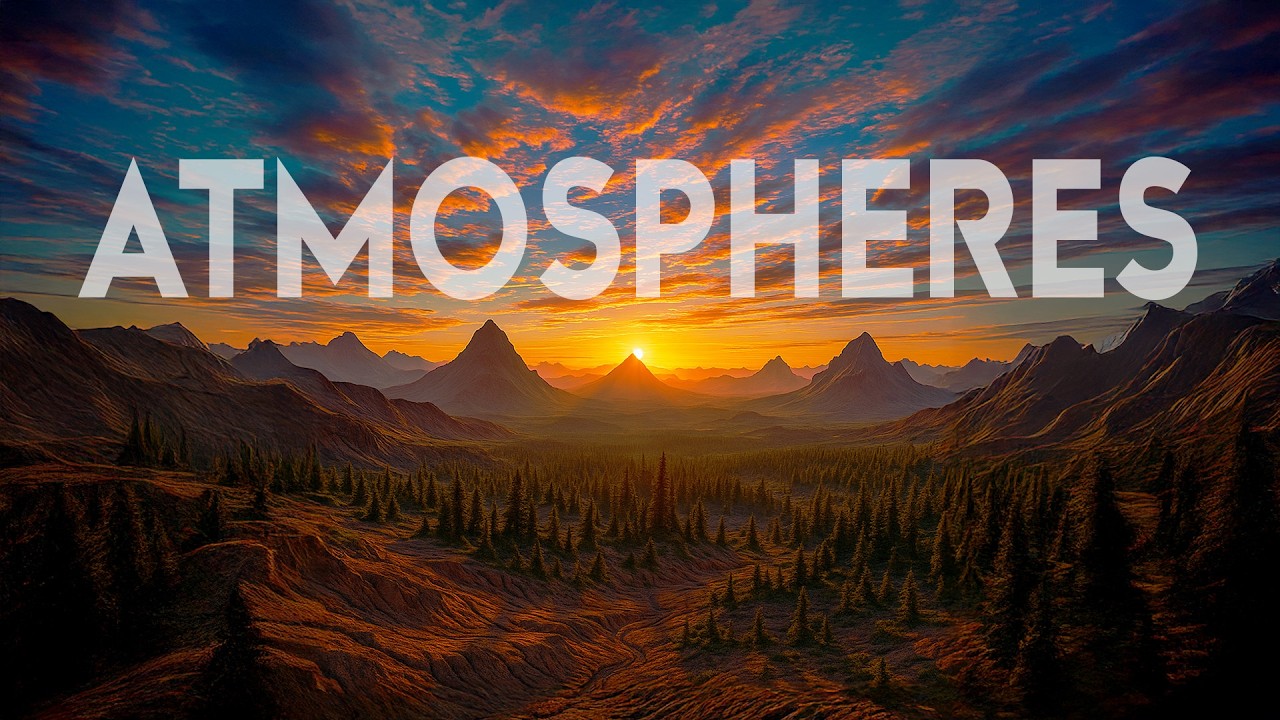The video examines the role of atmospheric planets in space games, highlighting how seamless, detailed planetary environments enhance player immersion and gameplay depth, with titles like Space Engineers 2 and No Man’s Sky leading the way through advanced technology and rich content. It contrasts these successes with more limited implementations in games like Elite Dangerous and Star Citizen, emphasizing the growing player demand for realistic, diverse, and engaging planetary experiences.
The video explores the significance and challenges of atmospheric planets in space games, highlighting how seamless planetary landings under alien skies captivate player imaginations and enhance immersion. Despite their appeal, many major space games either lack atmospheric worlds or implement them in limited ways. The discussion focuses on the current state of this technology in popular titles like Space Engineers 2, Elite Dangerous, Star Citizen, No Man’s Sky, and Starfield, emphasizing the importance of well-executed atmospheric planets for player engagement and game depth.
Space Engineers 2 is showcased as a major leap forward, with its next-generation Vrage 3 engine delivering richly detailed, diverse planets featuring dynamic weather, volumetric clouds, and even volumetric water. The game promises seamless transitions from space to surface with no loading screens, allowing players to explore fully explorable worlds with unique biomes. The community reaction has been overwhelmingly positive, underscoring how atmospheric planets are central to the game’s future and player excitement.
In contrast, Elite Dangerous offers atmospheric landings only on thin-atmosphere planets, excluding Earth-like worlds and complex weather systems. While the skies are scientifically accurate and visually stunning, the lack of thick atmospheres and meaningful surface gameplay leaves many players disappointed. This limited implementation has kept Elite Dangerous behind other titles in terms of planetary immersion, with uncertainty about whether full atmospheric planets will ever be introduced.
Star Citizen stands out for its visually impressive and seamless atmospheric planets, including industrial, frozen, and gas giant worlds with volumetric clouds and realistic flight physics. However, despite the aesthetic achievements, planetary gameplay remains shallow, mostly limited to exploration and combat with little depth in base building or wildlife interaction. The upcoming Planet Tech 5 aims to add geological and ecological complexity, hinting at richer planetary environments in the future.
No Man’s Sky arguably sets the gold standard for atmospheric planets by combining seamless transitions, diverse biomes, and extensive gameplay systems on its procedurally generated worlds. Players can engage in survival mechanics, base building, wildlife interaction, and exploration across countless planets, each with unique ecosystems and environmental challenges. The video concludes that atmospheric planets are vital for immersion and gameplay in space games, with players desiring seamlessness, meaningful content, realism, and awe-inspiring beauty—elements that developers are increasingly striving to deliver.
